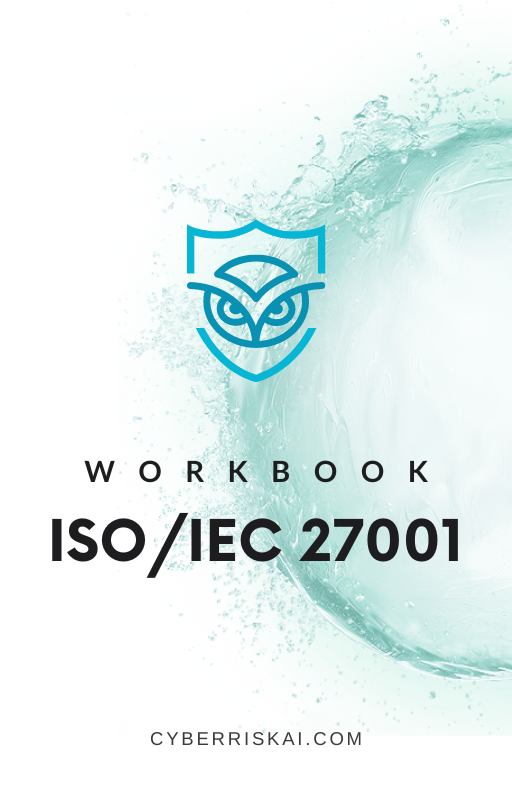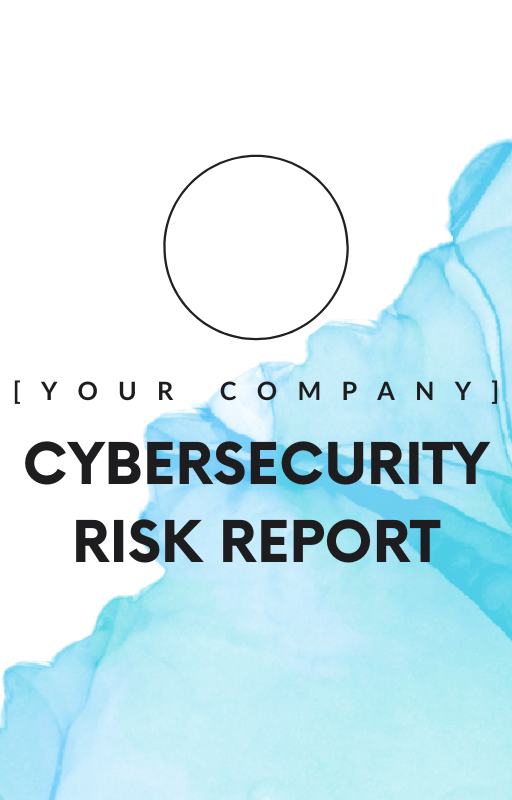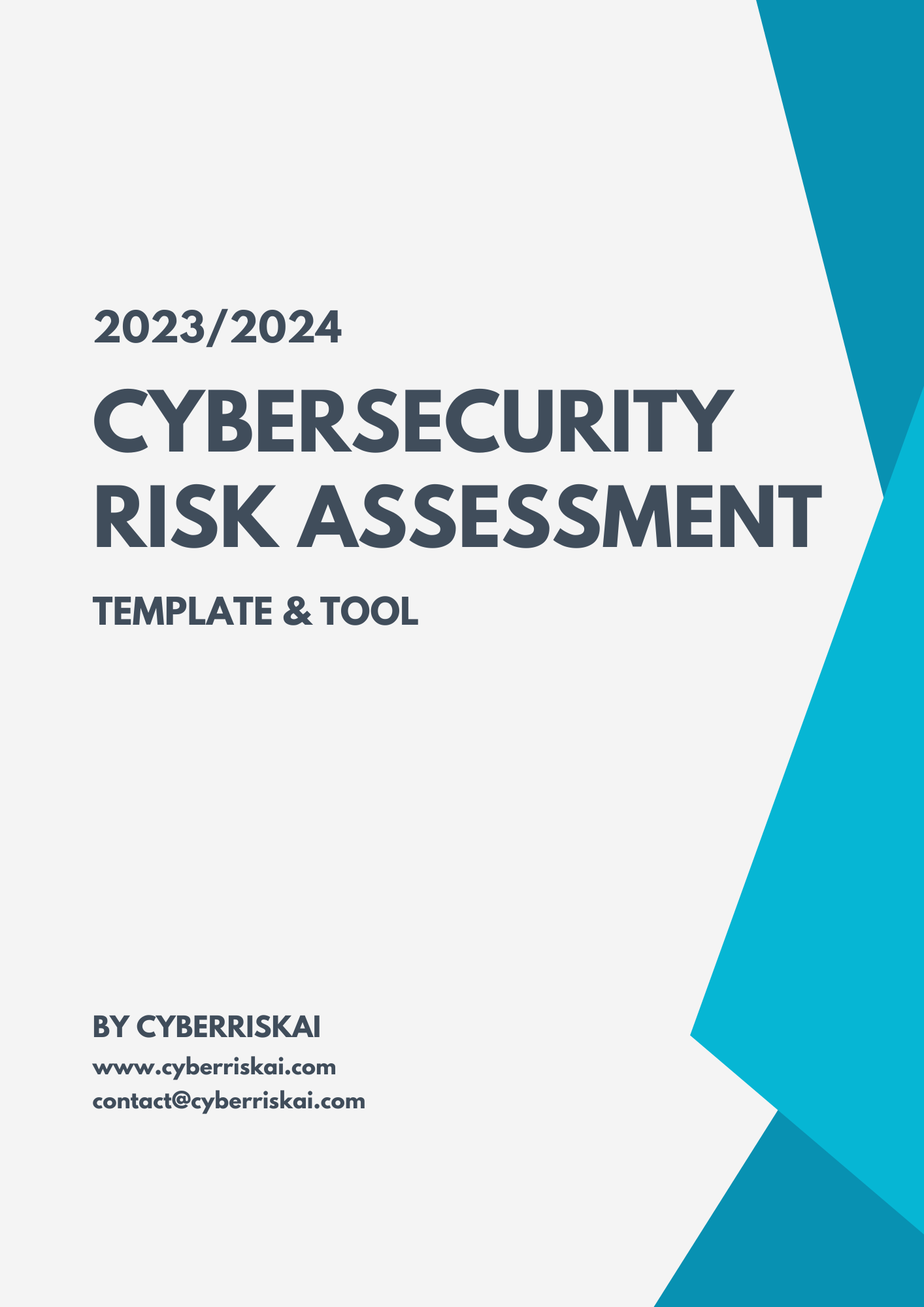Cybersecurity Risk Assessment: Understanding the What, Who, When, How, and Why
The risks of cyberattacks have increased in scale and complexity, necessitating the need for cybersecurity risk assessment. Cybersecurity risk assessment provides valuable insight into the potential and actual risks posed to a company’s digital infrastructure and information. It enables businesses to identify weaknesses and vulnerabilities in their systems and proactively develop strategies to mitigate these risks. This article provides a comprehensive guide on cybersecurity risk assessment.
Table of Contents
- What is Cybersecurity Risk Assessment?
- What it Involves
- Who it Involves
- When is it Conducted?
- Quantitative Cybersecurity Risk Assessment
- Consequences of not Conducting a Cybersecurity Risk Assessment
- Steps to Conduct Cybersecurity Risk Assessment
- Framework and Methodology
- Conclusion
What is Cybersecurity Risk Assessment?
Cybersecurity Risk Assessment pertains to the identification, evaluation, and mitigation of risks that may threaten an organization’s information systems or infrastructure. It is the process of identifying, analyzing, and addressing potential vulnerabilities in an organization’s technology systems before attacks can compromise security.
The assessment involves a comprehensive evaluation of risks associated with various technologies, including networks, hardware, software, databases, and web applications, among others. Cybersecurity risk management is an iterative process that requires continuous monitoring and reassessment to ensure that the security posture of an organization remains robust.
What it Involves
Cybersecurity risk assessment involves several key components that must be evaluated to ensure the protection of an organization.
Security Risk Identification This step involves identifying the assets and risks associated with these assets. Assets may include hardware, software, customer and employee information, intellectual property, among others.
Risk Assessment This step involves evaluating the risks identified in the security risk identification step and prioritizing them according to their impact on the organization’s information assets.
Risk Mitigation This step involves the formulation of controls and countermeasures that can be put in place to mitigate the identified risks.
Risk Reporting This step involves the documentation and communication of the identified risks, assumptions, and recommendations to all stakeholders.
Who it Involves
Cybersecurity risk assessment is typically conducted by a cross-functional team that includes IT professionals, cybersecurity professionals, business executives, and legal counsels. The role of each team member is vital and emphasizes the need for collaboration and coordination between departments.
IT professionals bring their technical expertise, while cybersecurity professionals are responsible for identifying and assessing security risks. Business executives provide insights into the potential business impacts of risks. Legal counsels can provide guidance on regulatory compliance and legal issues relating to data privacy and information security.
When is it Conducted?
Cybersecurity risk assessment is conducted periodically as part of an organization’s overall risk management strategy. It is also performed when significant changes occur in an organization’s technology environment. These changes could include upgrading software, hardware, or infrastructure, or the launch of new technologies.
Quantitative Cybersecurity Risk Assessment
Quantitative cybersecurity risk assessment methods use mathematical and statistical models to measure potential harm that could befall an IT system given a particular threat and the likelihood of the occurrence of this risk. The methodology includes extensive data collection, including threat sources, vulnerabilities, security controls, and impact outcomes. Risk modeling enables organizations to view the potential financial impact that cyber-security failures can have.
Consequences of not Conducting a Cybersecurity Risk Assessment
Failure to conduct a Cybersecurity Risk Assessment may result in significant losses and negative consequences to an organization. Examples of such losses include data breaches, lawsuits, costly restoration measures, loss of brand reputation, and customer trust. Opt not to conduct Cybersecurity Risk Assessment at your own peril as these risks can be difficult to come back from.
Steps to Conduct Cybersecurity Risk Assessment
The steps to conducting Cybersecurity Risk Assessment involve an iterative process of identification, evaluation, and mitigation of risks.
Step One: Asset Identification
The asset identification phase involves identifying the digital assets and their corresponding values.
Step Two: Asset Differentiation
Organize the identified assets into a hierarchy based on the nature and level of criticality in a given asset.
Step Three: Asset Evaluation
The asset evaluation phase involves identifying the potential risks associated with the different assets identified in step one.
Step Four: Risk Probability
Determining the probability level that the possible vulnerabilities identified will result in actual threat incidents.
Step Five: Risk Severity
Evaluate the scope and severity of the risks identified.
Step Six: Risk Control
Formulate a plan or strategy to address the identified risks. Implement control measures and countermeasures to mitigate the potential risk.
Step Seven: Risk Management
Continuously monitor implemented controls and countermeasures. Senior management must remain involved in reviewing the risk assessment, monitoring risks, and reassessing risk and risk management at organizational intervals.
Framework and Methodology
A cybersecurity risk assessment framework is a set of guidelines or a roadmap that provides organizations with a structured approach to assessing the risks that can damage their digital systems and infrastructure. The framework ensures that stakeholders within an organization get a clear understanding of cybersecurity risks and the recommended steps to mitigate these risks.
There are several security frameworks that organizations can use to guide their cybersecurity risk assessment processes. Examples of such frameworks include the NIST Cybersecurity Framework, the Center For Internet Security Critical Security Controls, and the ISO 27001 standard.
It is essential to select an appropriate methodology that best aligns with your organization and required level of detail. Common methodologies used include the qualitative, quantitative, or hybrid assessments. The choice of methodology, best practices in the process implementation, and resources invested are critical success factors that have a critical impact on the quality of the results.
Some of the methodologies used by cybersecurity risk assessment tools include:
NIST Cybersecurity Framework
The NIST Cybersecurity Framework provides a comprehensive approach to managing and reducing cybersecurity risks. It comprises five core functions - Identify, Protect, Detect, Respond, and Recover - which guide the risk assessment process.
ISO/IEC 27001
The ISO/IEC 27001 is a widely recognized framework for managing information security. It provides a comprehensive approach to risk assessment and management, including the development of security policies, procedures, and controls.
FAIR
The Factor Analysis of Information Risk (FAIR) is a quantitative framework designed to assess and quantify cybersecurity risks. It enables organizations to measure risk in monetary terms, facilitating decision-making around resource allocation and risk mitigation strategies.
Conclusion
Cybersecurity risk assessment serves as a vital tool for every organization that prioritizes security. Through appropriate planning, execution, and management, the risk assessment process can identify potential weaknesses and vulnerabilities in digital infrastructure, information systems, and safeguard against attacks proactively. Effective cybersecurity risk management requires ongoing attention and continuous controls improvement. Organizations must, therefore, remain vigilant in monitoring risks and reassessing their cybersecurity strategies regularly.
Are you overwhelmed by the complexity of cybersecurity risk assessment? CyberRiskAI expert analysis and tips ensure you’ll be prepared for any cyberattack.



